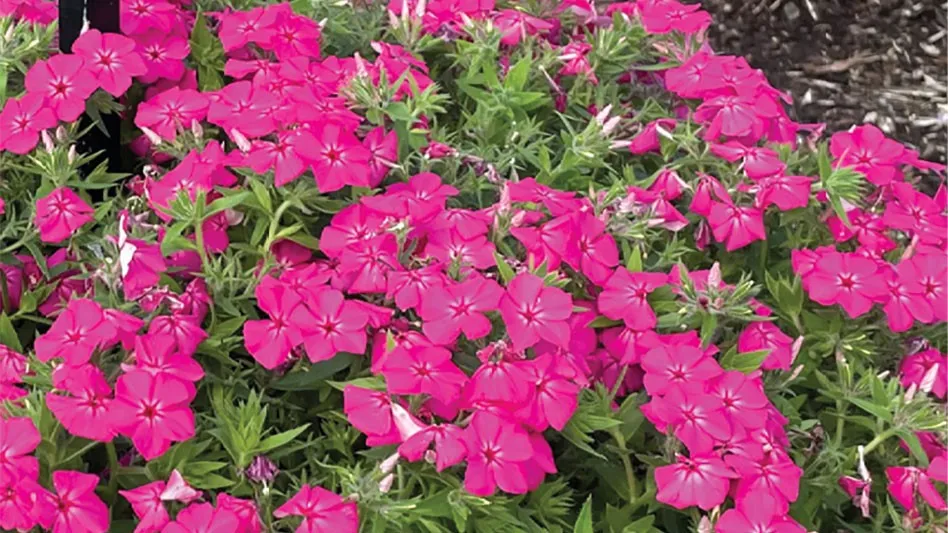
Trial gardens are a key resource for greenhouse operations around the country. In growing plants soon to reach the market, trial gardens provide needed information for growers and breeders alike to make informed decisions about which plants to grow.
In the following pages, you’ll find results from several trial gardens in three key categories: best overall performance, annual; best overall performance, perennial; and best pollinator friendly annual. At greenhousemag.com, you can find five additional categories — best drought-tolerant annual; best drought-tolerant perennial; best pollinator-friendly annual; best pollinator-friendly perennial; best heat-tolerant annual; and best heat-tolerant perennial.
We’d love to hear from you as well — drop us a line at cmanning@gie.net to let us know what varieties you’re more interested in, what other information you’d like to see in future trials reports and more.
Best Overall Performance, Annual
_fmt.png)
Sam Schmitz, Ball Horticultural: I was thoroughly impressed with the Summerina Series of Echibeckia (Pacific Plug & Liner). They are technically a Zone 7 or 8 perennial but treated as an annual here. They were tough, filled in well, full of color all season, and I had no issues with them. Great line of plants.
_fmt.png)
Jim Klett, Colorado State University: SunPatiens Vigorous Peach Candy (Sakata Seed America). Prolific peach-colored flowers blanket the attractive dark green foliage. Blooms kept a nice pattern and were a very nice bicolor with peach and white that maintained vibrant color even in the intense Colorado sun. Plants were noted for their great vigor and uniform shape. Plants would be ideal for the landscape with their ability to provide massive color.
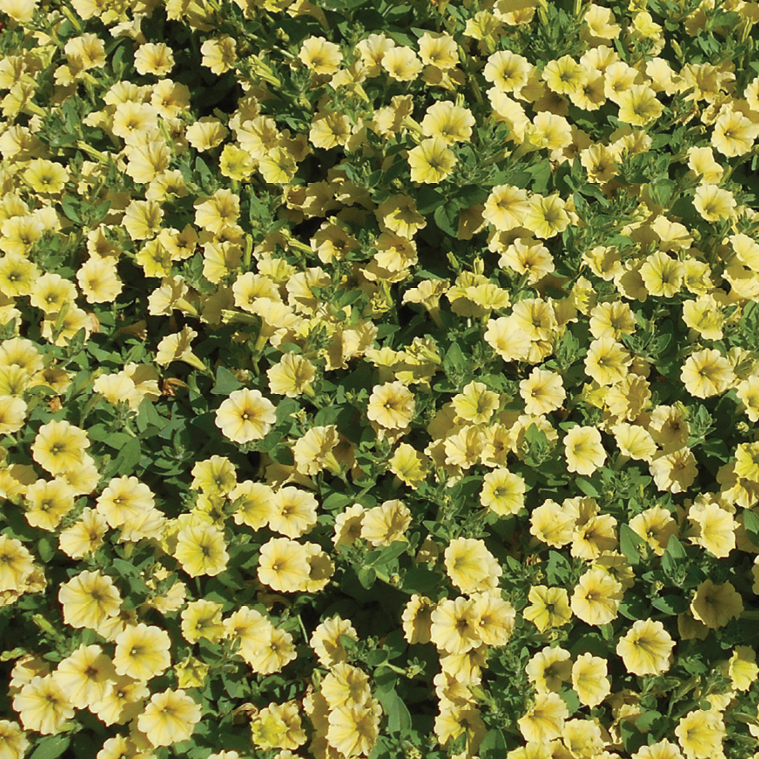
Kendra Odelia Hutchins, Cornell University: Petunia Supertunia Mini Vista Yellow (Proven Winners). With abundant yellow flowers and vibrant green foliage, this vigorous cultivar was a standout all season long. It literally bloomed non-stop from the moment we put it in the ground. We liked this cultivar because it held up well to rain and overhead watering, too.

Brian Weesies, Mast Young Plants: Phlox Gisele Hot Pink (Selecta One). With abundant yellow flowers and vibrant green foliage, this vigorous cultivar was a standout all season long. It literally bloomed nonstop from the moment we put it in the ground. We liked this cultivar because it held up well to rain and overhead watering, too.
Best Overall Performance, Annual
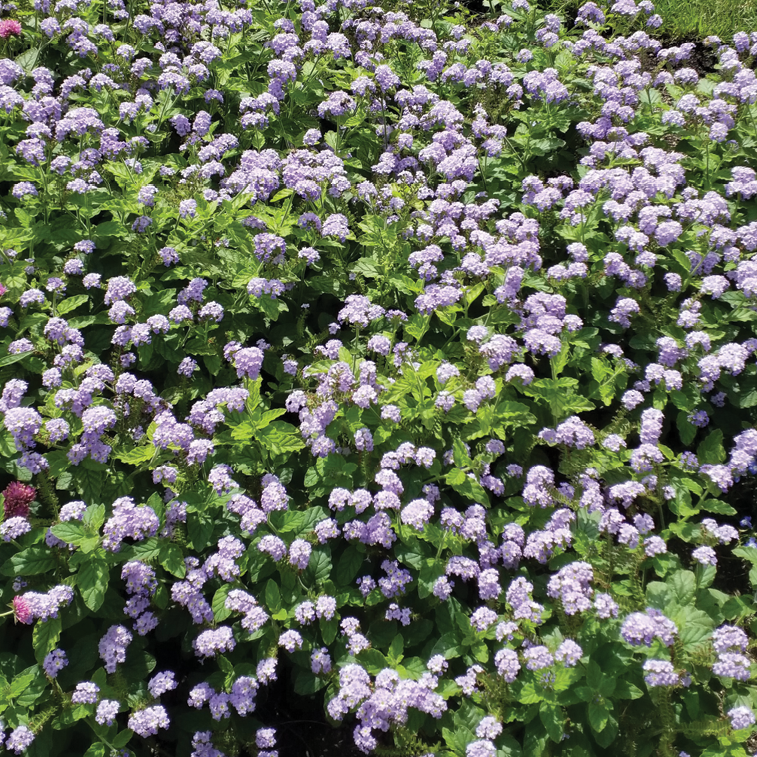
Daedre McGrath, Michigan State University Horticultural Gardens: Heliotropium ‘Augusta Lavender’ (Proven Winners). The color of Heliotropium ‘Augusta Lavender’ is one I’ve rarely seen in annual flowers. The light lavender flowers are eye-catching and attract pollinators like crazy. This plant started off strong after transplant and just got better with age.
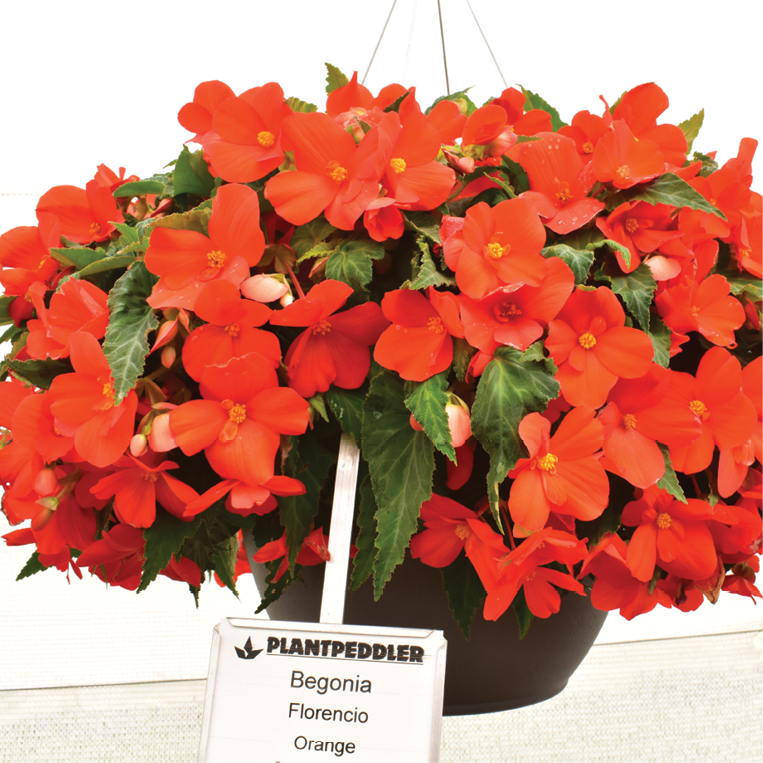
Rachel Gooder, Plantpeddler: The Florencio Series (Syngenta) outperformed all other B. boliviensis types. The cuttings break at four to six nodes with very few blind cuttings, flowers early and never stops. Performs well in heat, full sun to full shade. All around a very good begonia.
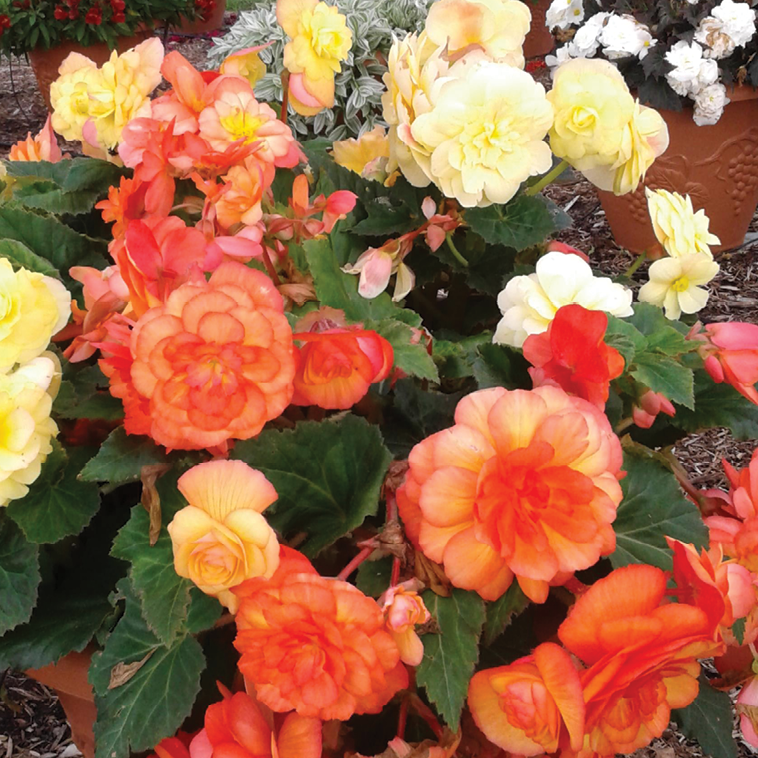
Kristi Challender, Raker-Roberta’s Young Plants: Begonia ‘Prism Sunset’ (Westhoff). This begonia was overflowing with large flowers in shades of orange, coral and rose all summer long. A great shade container choice to brighten up any dark area in your garden. This begonia had the most visitor favorites pick throughout the summer. The flowers are held above the foliage on a well-branched plant habit.
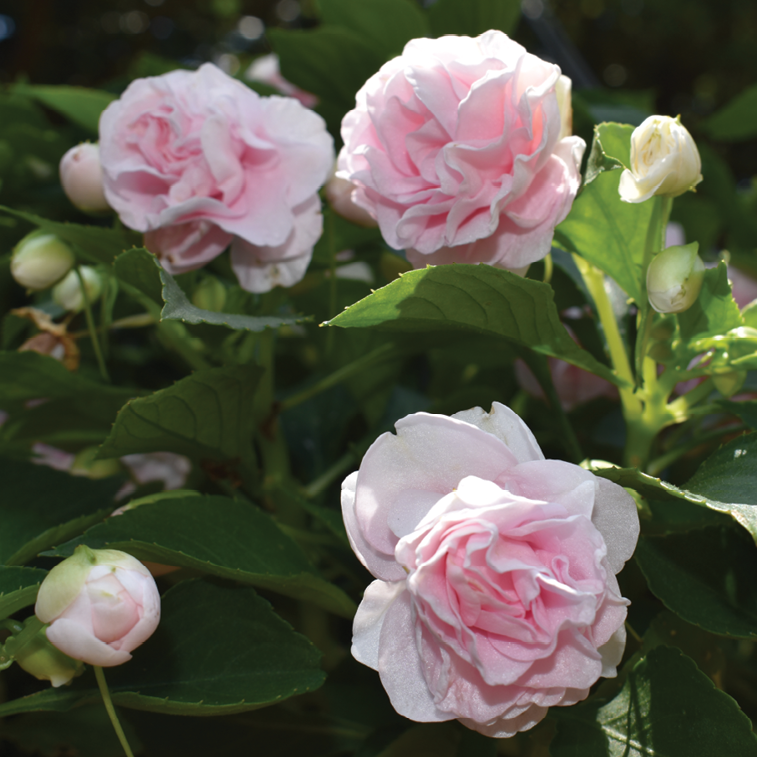
Sandra Begani, University of Georgia: Double Impatiens Glimmer Appleblossom (Ball FloraPlant). Our garden visitors agree: the Glimmer Series has been outstanding in both our concrete planters and hanging fiber baskets. Both locations are partially shaded and require frequent water and fertilization, but they have produced bountiful double blooms all summer long and are all disease-free.
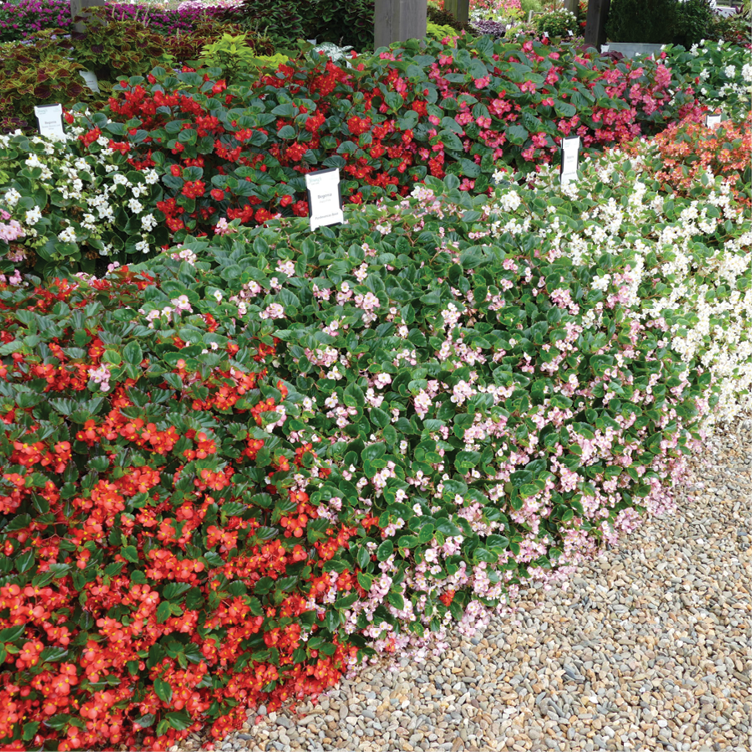
Penny Merritt-Price, Young’s Plant Farm: Begonia Hula Bicolor Red White (PanAmerican Seed). The Hula Begonia Series from PanAmerican Seed is an interesting introduction. There are four colors: Red, Pink, Blush and Bicolor Red White. All four colors rated high with the Bicolor Red White the highest. Hula begonias are from seed and can be used as a hanging basket or in the landscape, where they spread and thrive in the heat.
Best Overall Performance, Perennial
_fmt.png)
Sam Schmitz, Ball Horticultural: Rudbeckia Goldblitz (Kieft Seed) is a great new plant. It has vigor, gave a full season of summer color, no disease issues, very little maintenance, and reliably perennial here. This is a plant-it-and-forget-it type plant that will give you great garden performance for years.
_fmt.png)
Jim Klett, Colorado State University: Salvia Midnight Purple (Dümmen Orange). Both salvias in the Midnight Series maintained perfect uniformity over the whole season. With its attractive mounded growth habit and vibrant bloom color, Salvia Midnight Purple is an excellent, easy-to-grow plant for any garden.
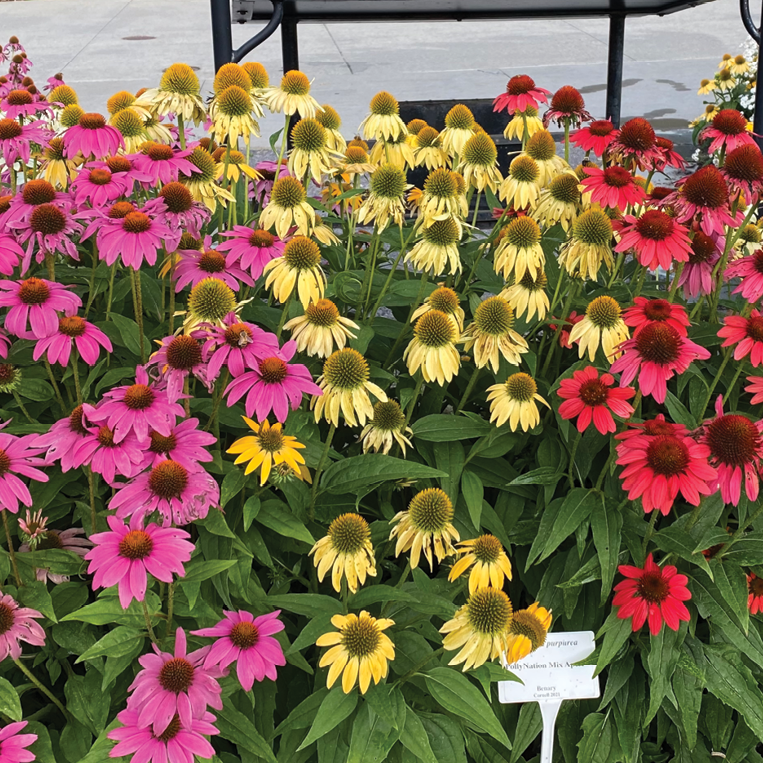
Kendra Odelia Hutchins, Cornell University: Echinacea Pollynation Mix (Benary). This seed-grown echinacea flowered nicely in its first year, but created an even more impressive display in year two. Compact with a sturdy branching habit, Pollynation Mix features an eye-catching array of colors and attracts a wide variety of pollinators. It’s also the most pollinator-friendly perennial in the Cornell trial.

Brian Weesies, Mast Young Plants: Echinacea Panama Red (Danziger). This is an outstanding new for ’23 variety. It was a top pick from our guests who voted for their favorite plants, and even among all the annuals in our trial, this perennial received the most votes as the best new variety. It is a manageable sized plant and hardy to Zone 5. Our staff was impressed with its early flowering that continued throughout the summer, and a sure sign of a top performer is when our employees ask if they can take it home at the end of the year. It is from unrooted cutting, new for this genera.
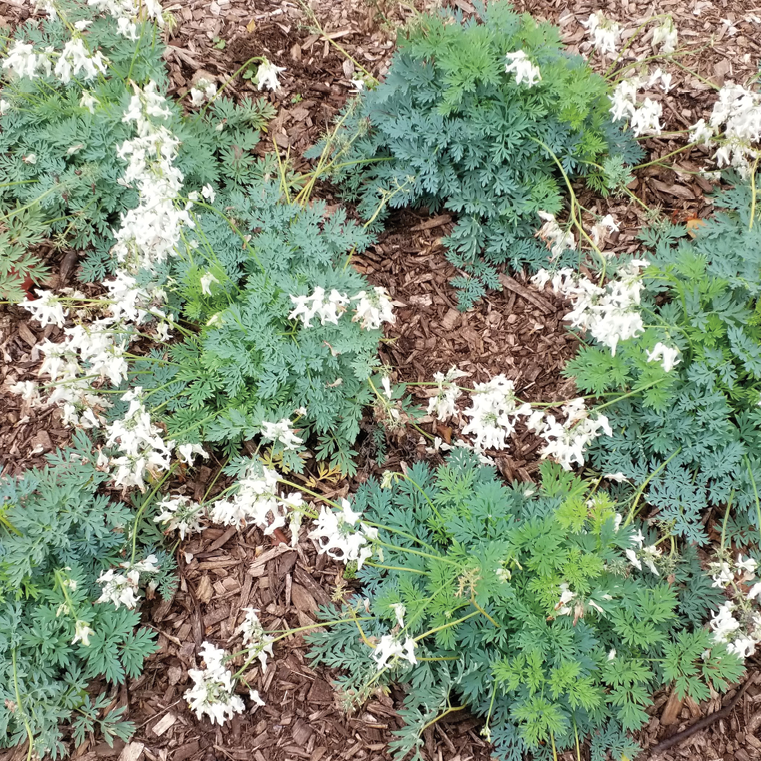
Daedre McGrath, Michigan State University Horticultural Gardens: Dicentra Amore ‘Titanium’ (Terra Nova Nurseries). Dicentra Amore ‘Titanium’ will not stop flowering. Bleeding hearts are typically an ephemeral species in the Michigan garden, going dormant once summer heat arrives. This variety broke the mold and pumped out flush after flush of flowers atop beautiful blue-green foliage that persisted all season.
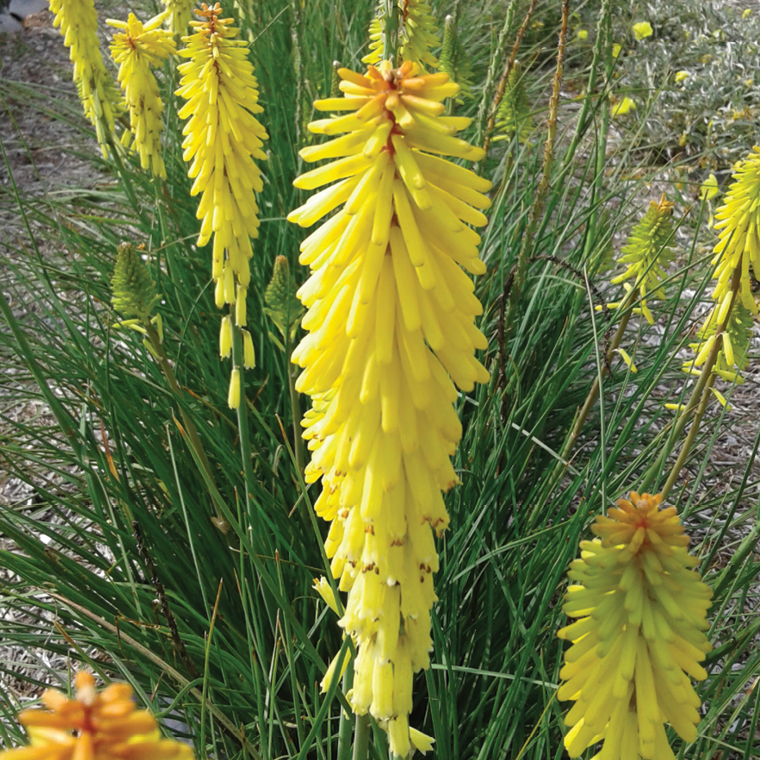
Kristi Challender, Raker-Roberta’s Young Plants: Kniphofia uvaria Glowstick (Darwin Perennials). Packed with bright golden flower spikes from summer until fall. The grass-like foliage also adds a fine texture to the garden. This plant is drought tolerant, a pollinator powerhouse and is low maintenance.
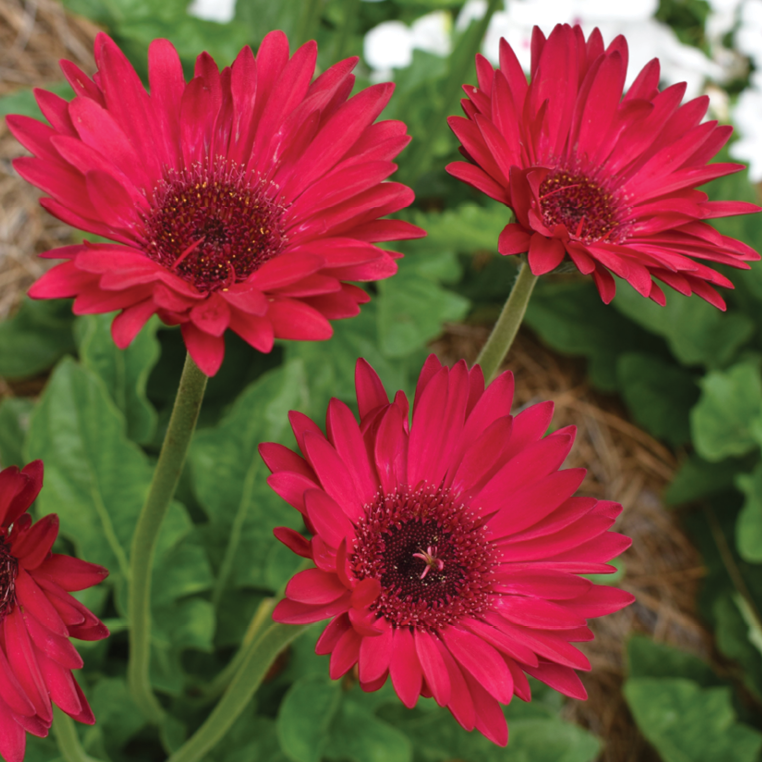
Sandra Begani, University of Georgia: Gerbera Garvinea Sweet Sparkle (HilverdaFlorist). This larger variety has surprised us with continuous blooms all summer long on flawless crowns of foliage. The flower heads are upright, and the colors are very bright and cheerful. This climate can sometimes inhibit flowering during the hottest summer months, but we have not seen any wilting or crown-rot.
_fmt.png)
Laura Robles, Walters Gardens: Alstroemeria ‘Grand Tiara’. This gold-flowered sport of Alstroemeria ‘Inca Ice’ was discovered at Plant Delights Nursery. The beautiful bright golden flowers have an orange exterior throat and bloom from early summer well into fall. Plants are exceptionally cold hardy for Peruvian lily and have reliably overwintered at Walters Gardens in Zone 6, and mature to a height and width of 3-3 ½ feet.
Best Pollinator Friendly, Annual
_fmt.png)
Jim Klett, Colorado State University: Salvia Rockin’ Deep Purple (Proven Winners). Deep purple flowers combined with dark calyx and stems made a great color contrast with the attractive foliage. Plants were very sturdy and did not lodge even with overhead irrigation. Growth habit was very uniform and plants had excellent vigor. Would make a good choice for either ground or containers. It was also a favorite for the bees.
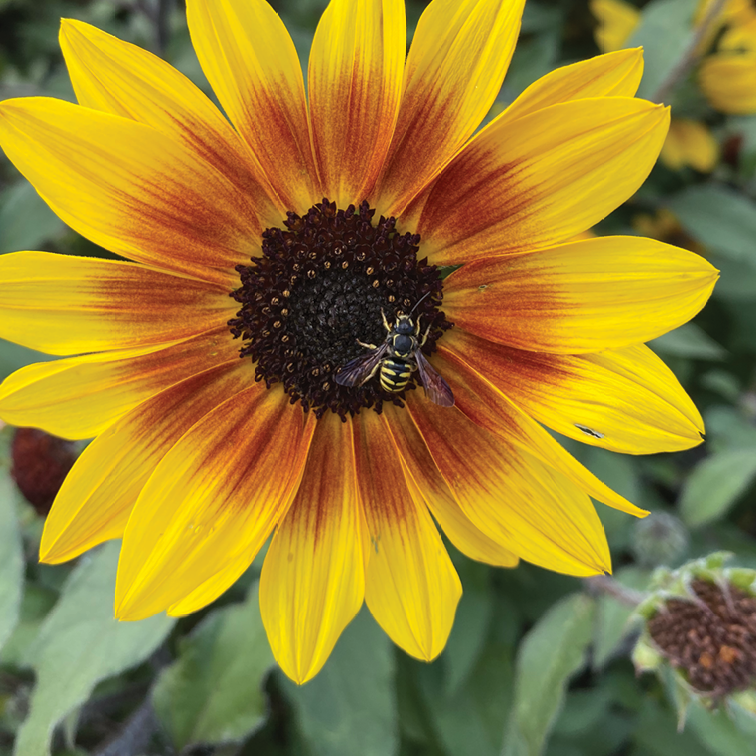
Kendra Odelia Hutchins, Cornell University: Helianthus Suncredible Yellow (Proven Winners). This upright and well-branched cultivar flowered prolifically. Planted en masse, it creates quite a display. All kinds of pollinators flocked to Suncredible Saturn — we saw several species of bees and butterflies. The other cultivar in the series, Suncredible Yellow, is an excellent pollinator plant, too.
Best Pollinator Friendly, Annual

Brian Weesies, Mast Young Plants: Lantana Bandolista Red Chili (Syngenta Flowers). The pollinators were busy in our garden this summer but since we give this award each year, we took time this year to photograph those plants that just always had pollinators on them. We repeatedly caught pollinators busy at work on these red/yellow flowers that bloom all summer long.
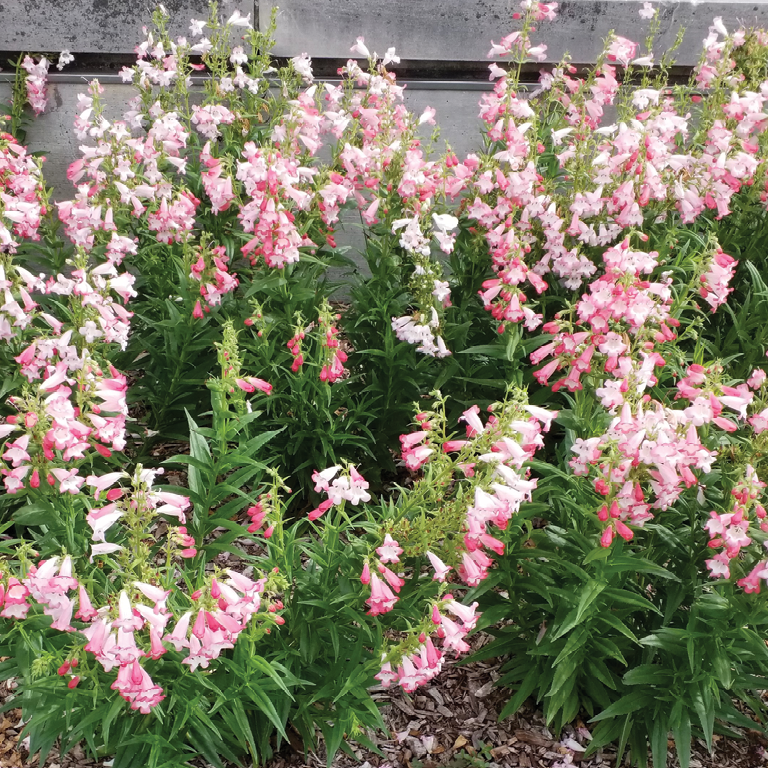
Daedre McGrath, Michigan State University Horticultural Gardens: Penstemon 'Flock of Flamingos' (Terra Nova). Penstemon ‘Flock of Flamingos’ is right on the border of hardiness in our zone. We were treated with wave after wave of bubblegum pink flowers that were absolutely smothered in pollinators all season.
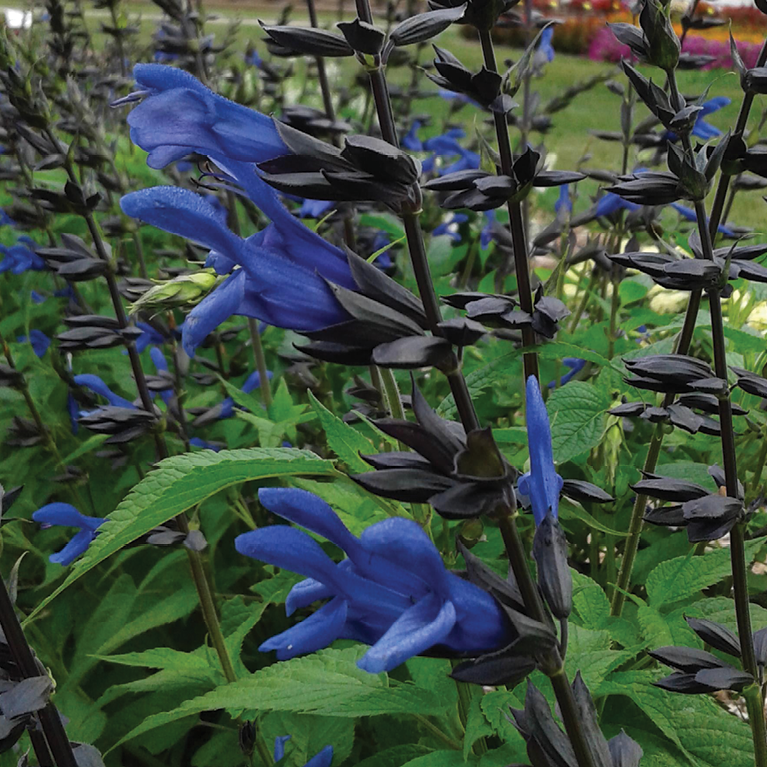
Kristi Challender, Raker-Roberta’s Young Plants: Salvia interspecific Salgoon Lake Baikal (HilverdaFlorist). This is a well-branched, sturdy, flowering powerhouse that provides flowers all summer long. This salvia was continuously visited by hummingbirds, butterflies and bees. Great in a sunny landscape or patio pots.
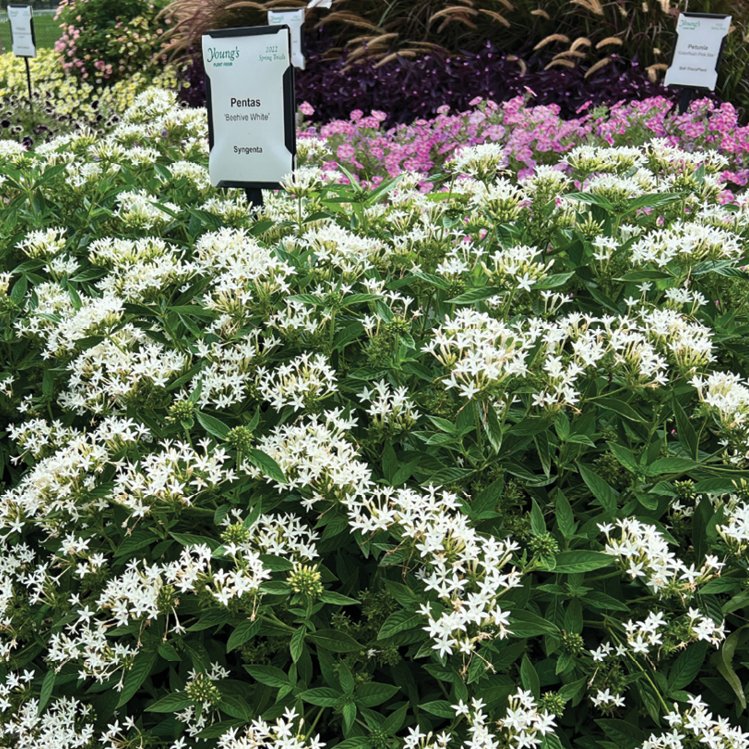
Penny Merritt-Price, Young’s Plant Farm: Pentas Beehive White (Syngenta). Beehive is a new seed pentas from Syngenta and white is the first color to be brought to market. This pentas started blooming very early in the season and continued all summer long. The pollinators love pentas and with the amount of flowers on the Beehive White it is sure to be a favorite.
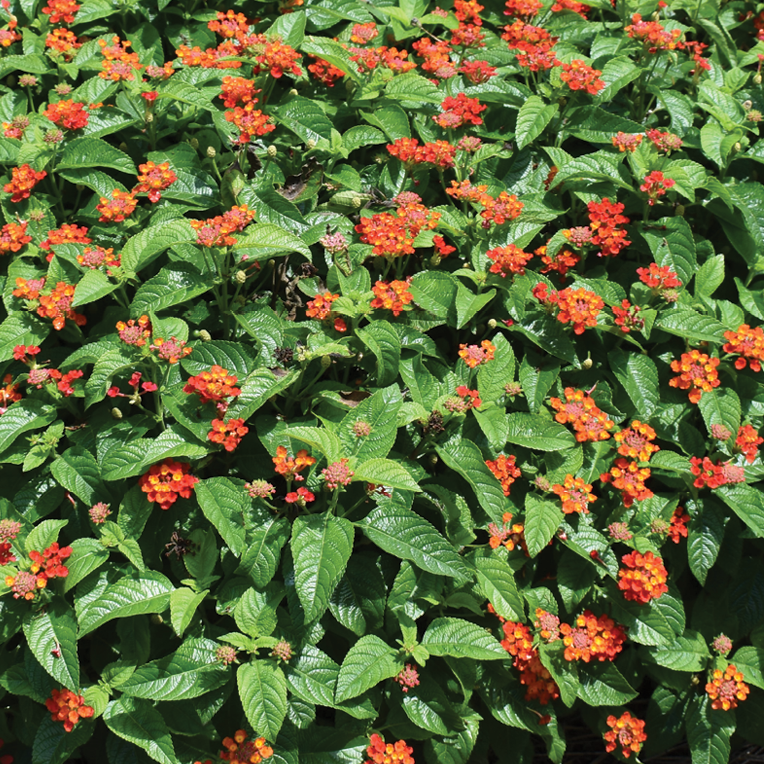
Sandra Begani, University of Georgia: Lantana Gem ‘Compact Orange Fire’ (Danziger). Lantana is a necessity in the southeastern garden for heat, drought, pollinators and deer resistance. ‘Compact Orange Fire’ makes a very bold statement with deep red-orange clusters. The plants are perfectly round on very solid stems, which makes life easier for the gardener.

Explore the November 2022 Issue
Check out more from this issue and find your next story to read.
Latest from Greenhouse Management
- Chilli thrips (Scirtothrips dorsalis)
- GS1 US Celebrates 50-Year Barcode 'Scanniversary' and Heralds Next-Generation Barcode to Support Modern Commerce
- University of Florida offers Greenhouse Training Online program on irrigation water
- Flower trends in full bloom
- ‘Part of our story’
- Dramm introduces new hose, sprinkler attachments for home gardeners, nurseries
- Nominate an outstanding leader
- Profile Products hires sales and business development manager for Europe and Asia





